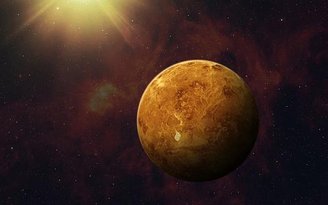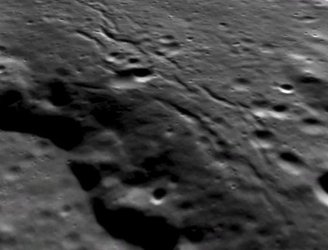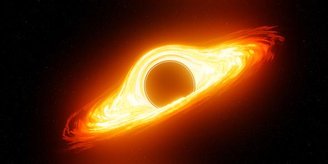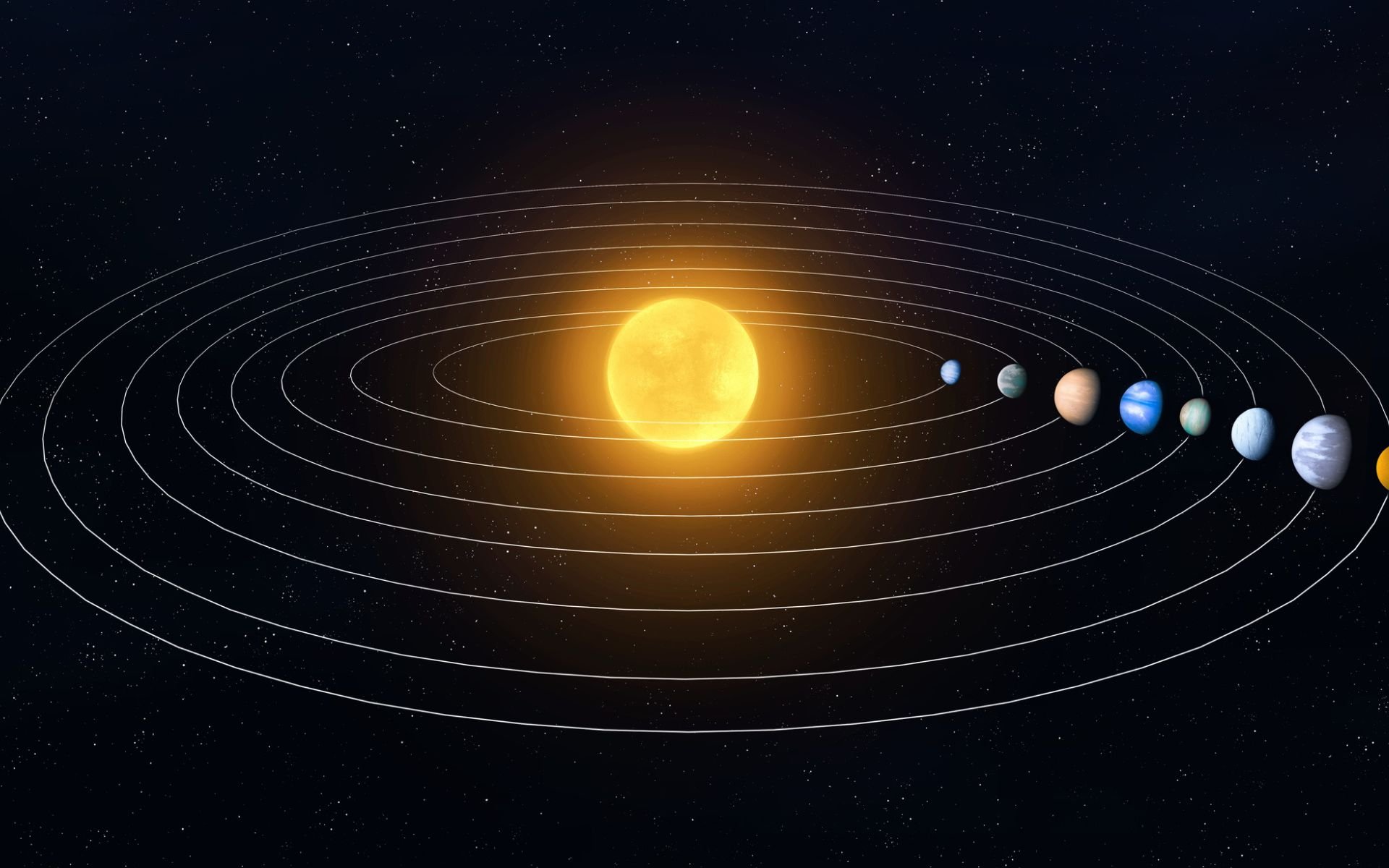Another year is coming to an end, but 2023 was no ordinary year. Scientists from different fields have made impressive discoveries that will be remembered in history books in the distant future. From new data collected, researchers discovered more Information about the ancestors of humanity, our planet and most importantly what is happening in space.
On December 25, the James Webb Space Telescope (JWST) celebrates the second anniversary of its launch at the Kourou Space Center in French Guiana. The observatory has been used for dozens of scientific discoveries since it was launched into the farthest reaches of space. For example, Webb detected water, one of the elements necessary for the formation of life as we know it, in the PDS 70 star system. — the region is located approximately 370 light-years from Earth.
This year’s discoveries range from new exoplanets to massive star clusters and new insights into some of the planets in our Solar System. Just as the year 2023 is seen as a period in which various discoveries are made about the Solar System, the Milky Way and the universe as a whole, next year is expected to be even busier.
“NASA’s mission is to explore the unknown in air and space, innovate for the benefit of humanity, and inspire the world through discovery. In 2023, NASA showed the world that anything is possible,” explains NASA.
To explain a little better some of the big scientific discoveries in space in 2023, TecMundo has compiled a list of information from space agencies, astronomers, and other experts in the field. Check out.
Six planet system
Less than a month before the end of the year, a team of scientists from the University of Chicago in the United States revealed the discovery of a system of six planets, similar to the Solar System.
Using data from NASA’s Transiting Exoplanet Survey Satellite (TESS) and ESA’s Characterizing ExOPlanet Satellite (Cheops), researchers have managed to detect cosmic objects identified as ‘sub-Neptunian’ planets —The peculiarity of such planets is that they are larger than Earth but smaller than Neptune.
The system of six planets is located about 100 light-years from Earth in the northern constellation of Coma Berenices and orbits the star HD110067.
“It is ideal for studying how planets are created because this solar system did not have a chaotic beginning like ours and has not been affected since its formation. This discovery will be a reference system for studying how sub-Neptunian planets are formed. Rafael Luque, the leader of the study, said: “They are not commonly found outside the solar system. He gave information about whether the types of planets seen were formed, evolved, what they were made of, and whether they had the right conditions to support the existence of liquid water on their surfaces.
17 exoplanets with oceans and water geysers
A study published in the scientific journal The Astrophysical Journal claims that a team of astronomers has identified 17 exoplanets that may offer one of these components. liquid water necessary for life. More: scientists claim cosmic objects may include ice sheets, oceans of liquid water and geysers.
The study explains that despite being in a remote and cold region, the internal temperature of exoplanets can maintain the warming necessary to form an ocean that could support life.
“Our analysis predicts that these 17 worlds may have ice-covered surfaces but retain sufficient internal heat from the decay of radioactive elements and tidal forces from their host stars to maintain interior oceans. Thanks to the amount of internal heat they experience, all of the planets in our study also experience cryovolcanic eruptions in the form of geyser-like plumes.” “They may also have it,” said study author Dr. Lynne Quick.
Oxygen on Venus
A thin layer of molecular oxygen has been detected in the atmosphere of Venus, according to data collected by NASA’s Stratospheric Observatory for Infrared Astronomy.. It is important to emphasize that this is not a sign of life on the planet, but simply a chemical reaction that occurs when solar radiation promotes the decomposition of carbon dioxide and monoxide in the atmosphere.
In other words, These are oxygen atoms that are not suitable for humans and other living things to breathe..

“Atomic oxygen is concentrated at an altitude of approximately 100 km with maximum column density on the dayside, where it is produced by the photolysis of carbon dioxide and carbon monoxide. This method allows detailed studies of the Venus atmosphere in the region between the two atmospheric atmospheres. “Circulation models supporting future space missions to Venus”, Nature He describes the study, published in the scientific journal Communications.
Mercury is waning
In October, a new paper explained that ‘roughnesses’ on Mercury’s surface are evidence that the planet has been steadily shrinking over time.. Data show that Mercury has shrunk significantly since its formation; These roughnesses resemble ‘curves’ that appear as the planet contracts and shrinks over the years.
Some of these newer ’tilts’ are up to 300 million years old; This is a recent period compared to the formation history of the cosmic object.

“As Mercury’s interior shrinks, its surface (crust) has less and less space to cover. In response, “thrust faults” develop where a strip of land is pushed into adjacent land. This is similar to the wrinkles that form on an apple as it ages, but while the apple shrinks as it dries, Mercury shrinks due to thermal contraction in its interior,” said David Rothery, geologist and co-author of a study on the subject, in an article written for the website The Conversation.
The farthest and oldest black hole
A few years ago, scientists managed to photograph a black hole for the first time; This suggests that we are still in the early stages of examining this issue. In early 2023, astronomers managed to detect the most distant and oldest black hole ever detected, called CEERS 1019.
With the help of the James Webb Telescope, It was discovered that the cosmic object emerged approximately 570 million years after the Big Bang explosion.. But there are still many questions about how a black hole appeared so quickly after the beginning of the universe.

“We found the most distant active galactic nucleus (NGA) and the most distant and oldest black hole we’ve ever found. At the time, I was thinking, look at everything we can see with JWST,” said astrophysicist and study author Rebecca Larson of the University of Texas. I saw the full spectrum of any galaxy in the early universe that we have never seen before. I was overwhelmed by the amount of information,” she said in Austin, in a message posted to the website Science Alert.
Did you like the content? So stay updated with more curiosities about astronomy at TecMundo. If you wish, take the opportunity to understand how NASA produced a type of quantum gas for the first time on the International Space Station.
Source: Tec Mundo
I’m Blaine Morgan, an experienced journalist and writer with over 8 years of experience in the tech industry. My expertise lies in writing about technology news and trends, covering everything from cutting-edge gadgets to emerging software developments. I’ve written for several leading publications including Gadget Onus where I am an author.












